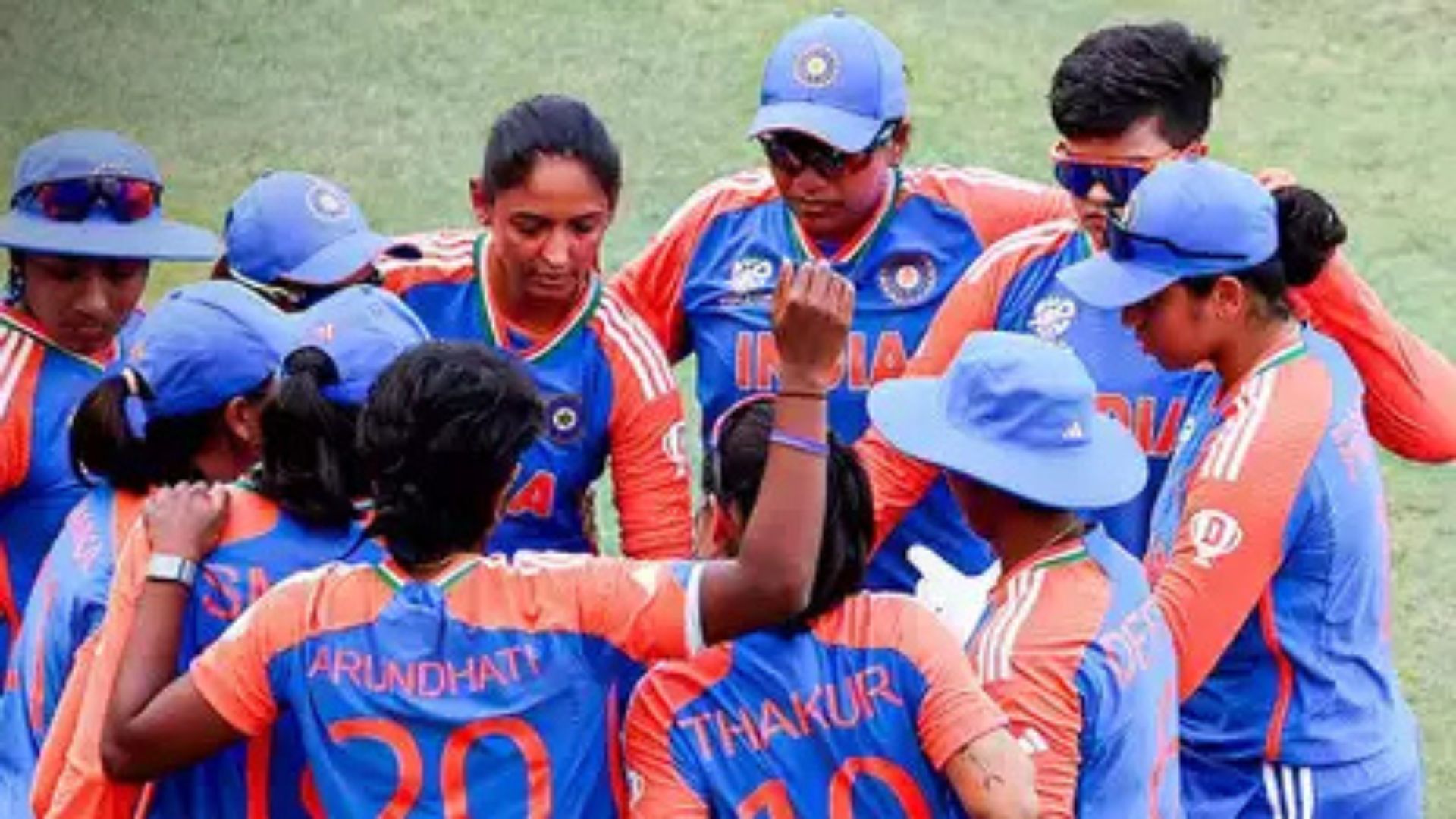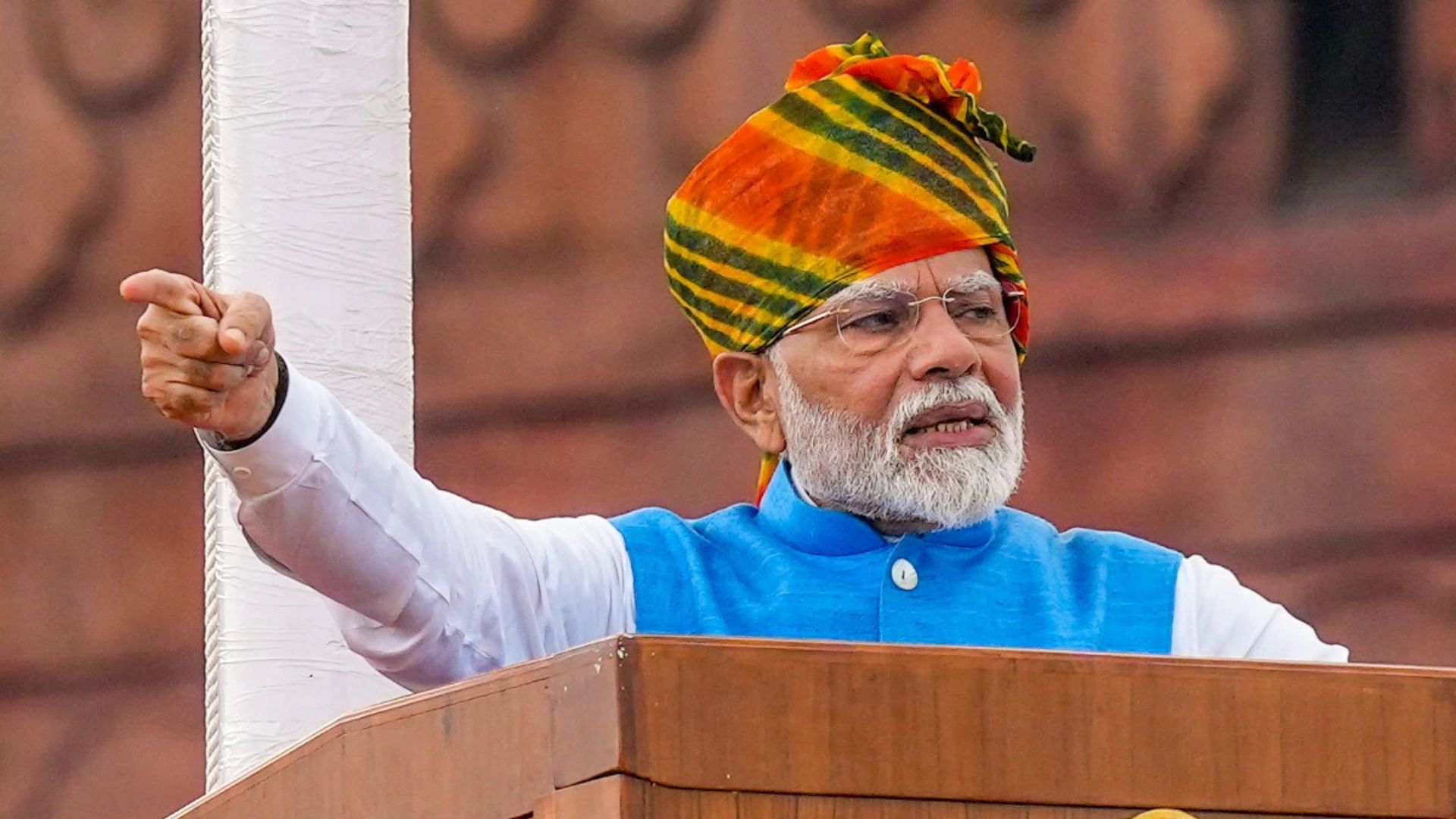
In a major disappointment for Indian women’s cricket, Harmanpreet Kaur’s team has been eliminated from the ICC Women’s T20 World Cup 2024, exiting in the group stages after New Zealand clinched their third and final win to secure a place in the top two. Despite entering the tournament with high expectations, India struggled to find its rhythm against the stronger teams, Australia and New Zealand, which led to its premature exit.
Placed in a tough group with the defending champions Australia and two-time finalists New Zealand, India was expected to reach the knockout stages at least. However, while they secured victories in the matches they were expected to win, they fell short in the crucial encounters that could have defined their campaign. As a result, recurring issues and familiar heartbreak once again resurfaced in Indian women’s cricket, much to the disappointment of fans and analysts alike.
Before the tournament, captain Harmanpreet Kaur had boldly declared this to be “the strongest Indian side” ever assembled for a World Cup, with head coach Amol Muzumdar echoing the sentiment. Muzumdar had particularly focused on India solving the longstanding problem of the number three batting position. However, the team’s performance in the tournament highlighted a glaring disconnect between potential and execution.
India’s batting lineup, once seen as its strongest asset, turned out to be its downfall. Seasoned players like Smriti Mandhana and Harmanpreet Kaur struggled to make an impact in critical moments. Harmanpreet, despite being India’s only half-centurion in the tournament, faltered at a crucial juncture against Australia, handing over the strike to lower-order batter Shreyanka Patil when India needed 13 runs off the last three balls.
Opening batter Shafali Verma continued to struggle, losing her wicket at crucial points, while Smriti Mandhana’s experience failed to shine through, particularly in the tense chase against Australia. India’s inability to run between the wickets efficiently in Dubai and Sharjah’s challenging conditions was another key factor. Fitness issues were evident, as batters like Deepti Sharma and Richa Ghosh fell victim to poor running, which ultimately cost India valuable wickets.
Adding to India’s troubles was their lack of competitive preparation ahead of the tournament. They had not played a T20 series between the end of the Asia Cup in July and the start of the World Cup in October. This long break left players like Mandhana and Ghosh out of rhythm. In contrast, New Zealand had prepared well with a recent series against Australia, which, despite being a losing effort, kept them sharp for the World Cup.
Fielding errors and fitness levels also hampered India’s campaign. While dropped catches and misfields were an unfortunate constant, it was the poor running between the wickets that truly hurt the team. In their game against Australia, the ease with which the Australian batters ran doubles compared to the Indians was stark. On pitches where boundaries were hard to come by, fitness and the ability to rotate strike became crucial, but India fell short in this regard.
Looking ahead, India will need to reassess their strategy and focus on improving both fitness and preparation if they are to succeed in future tournaments. For now, however, their exit from the 2024 World Cup marks another missed opportunity on the world stage, leaving fans and players alike hoping for a stronger comeback.
In an exclusive segment on Cricket Predicta, powered by 1XBAT on NewsX, former UAE cricketer Charvi Bhatt shared her insights, stating, “Renuka Singh Thakur had a shaky start, struggling to control her lines with the new ball, but then took two wickets in two balls. Australia built a partnership through Grace Harris and Tahlia McGrath, but a sudden collapse saw them slip from 79/2 to 101/5. However, Ellyse Perry and Phoebe Litchfield staged a rearguard action that helped them reach the 150-mark. Harris, McGrath, and Perry batted with great responsibility, not giving their wickets away easily, though the absence of a single half-century shows how challenging the conditions were, even for set batters. The decision to bowl Shreyanka in the 20th over, with Radha Yadav still available, proved costly as Shreyanka conceded 12 runs but also took 2 wickets in the final over.”















